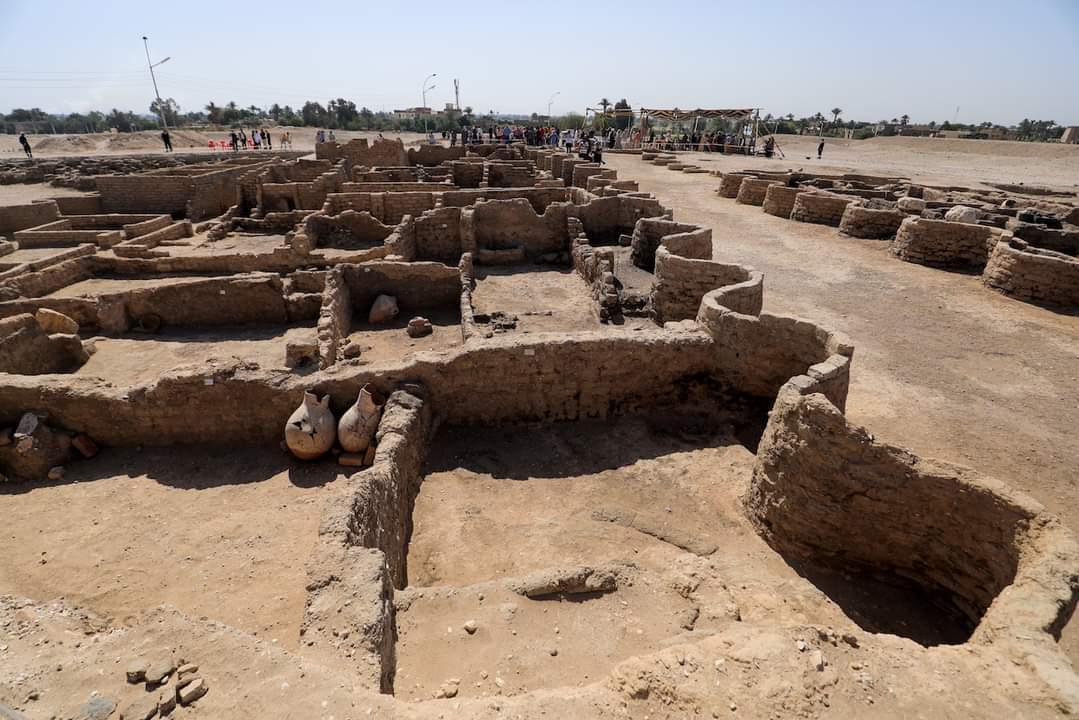The Lost City of Gold in Luxor was named the most important archaeological discovery of 2021 by Archeology magazine.
An Egyptian excavation mission led by Zaha Hawass discovered the ancient city of Athena Rising, which dates back to the reign of King Amenhotep III. The city continued to be used by King Tutankhamun 3000 years ago.
Hawass said the mission was looking for the tomb-temple of King Tutankhamun in the area because the Horemheb and Aya temples were found in the same location.
He described the discovered city as the largest in Ancient Egypt. King Amenhotep III, founder of the city, was the ninth king of the Eighteenth Dynasty. He ruled Egypt from 1391 to 1353 BC. His son Amenhotep IV, also known as Achenaten, lived in the city during the last eight years of his father’s reign.
Hawass added that the city is the largest administrative and industrial settlement of the era of the Egyptian Empire on the west bank of Luxor. Several houses were found in the city, the height of the walls of which was about 3 meters.

“We found a part of the city that extended to the west, and Deir el-Madina (City Monastery) was part of our city,” added Hawass.
He explained that excavations began in September 2020, and after a few weeks, adobe formations began to appear in all directions. The big city was in good condition, as almost entire walls and rooms were found filled with the utensils of everyday life. It has remained intact for thousands of years.
“The discovery of this city not only gave us a rare glimpse into the life of the ancient Egyptians during the era of the empire, but it will also help shed light on one of the greatest mysteries in history and why Achenaten and Nefertiti decided to move to Amarna,” he said.
“We have a lot of information about tombs and temples, but for the first time it reveals secrets about the life of the kings of the golden age of Egypt,” concluded Hawass.

